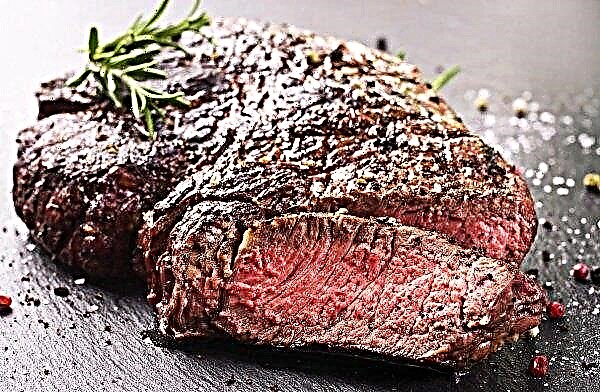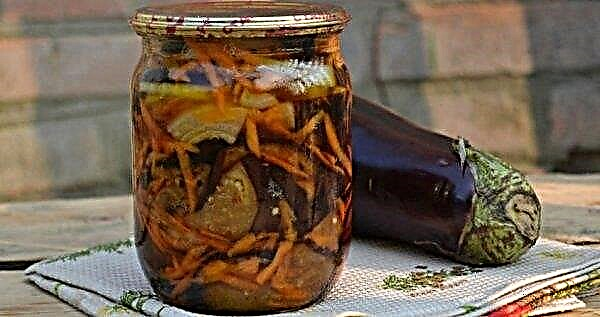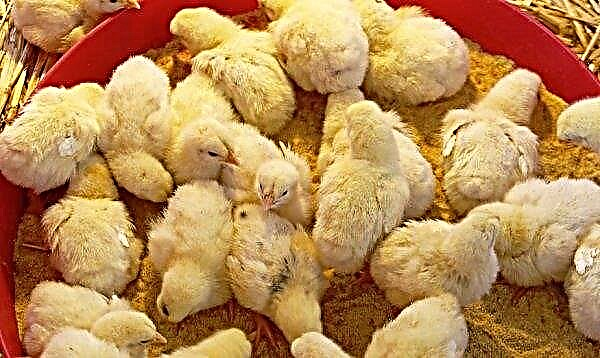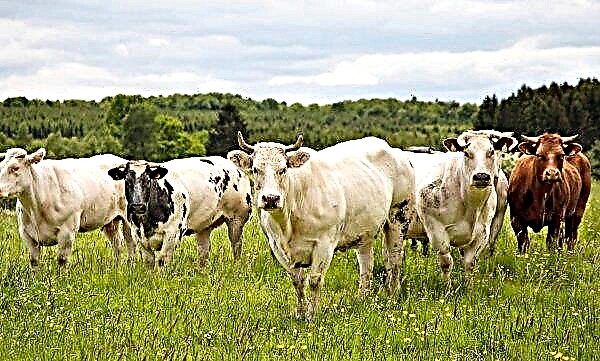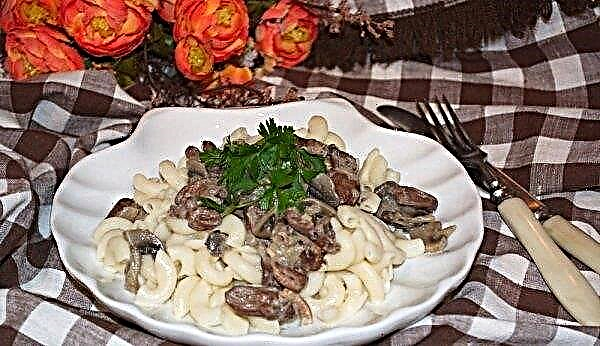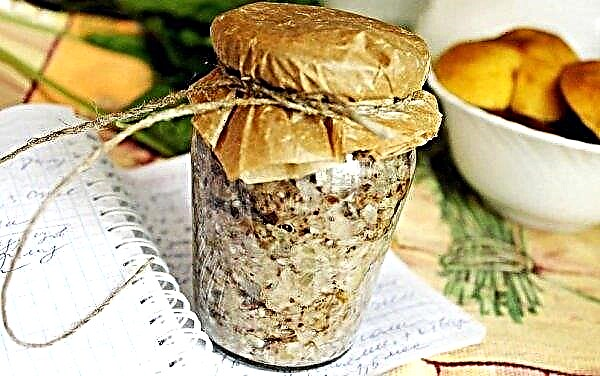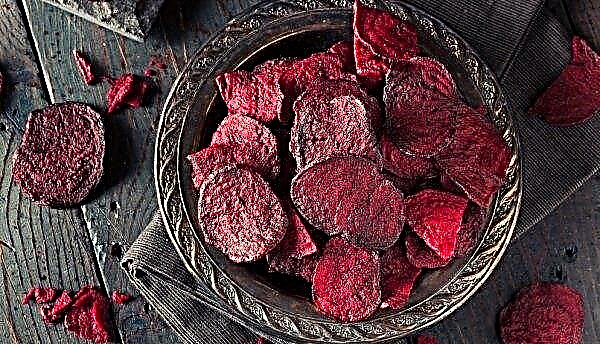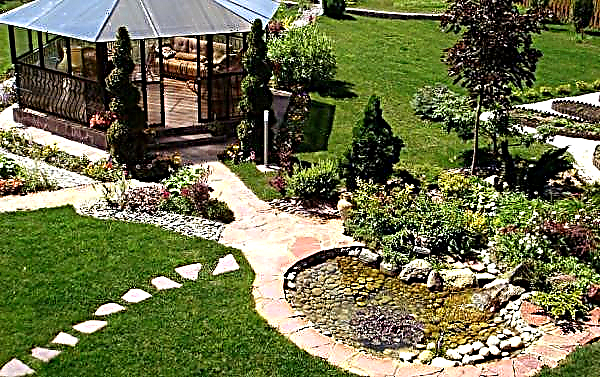Any amateur gardener is familiar with such an indoor plant as gloxinia. The variety of colors is striking: white, purple, dark red, pink, spotty, pockmarked - any combination of colors and shades is possible. There are also a huge number of varieties of this beauty, and new ones appear constantly. In the article, we consider the basic principles of caring for terry gloxinia.
Botanical description of the plant
Gloxinia is a tuberous perennial plant crop. The leaves are dark green with a velvety surface, oval in shape. The stalk is low and dense. Flowers have the shape of bells, with different shades from white to dark cherry (they are not yellow). If the flower has several rows, then this variety is terry. Such a flower is like a rose.

Main types
Types of gloxinia are distinguished by:
- rows of petals: one row - simple, more than one - terry;
- by color: monochromatic, tigrines (with a border around the edge of the petals), calico (with dots);
- by flower diameter: microminiature, miniature, compact, standard;
- in form: bells or teidei (shoes).
- Poetics. The flowers reach 12 cm, with a wide lilac stripe and speckling, similar to a rose;

- Madonna. Petals are white and wavy at the edges. Unpretentious in care, quickly grows and multiplies. Rosette up to 10 cm in diameter;

- Cleopatra. Blooms profusely. The flowers are almost white with a pinkish tinge, but have dark purple-burgundy dots. Petals with uneven wavy edges. Derived artificially, therefore, is not capricious in leaving;

- Prince. It is one of the darkest. The color is saturated black and purple. Petals are wavy and velvety. Flower size - up to 12 cm;

- Panther. Also has a purple color with dark lilac dots. Not as complete as Prince;

- The Snow Queen. Leaves have silvery villi. The flowers are small, about 7 cm, but bloom densely. The color in the depths is dark, to the edges light lilac to white;

- Brocade. May be red or blue. Plain. Characterized by abundant and prolonged flowering;

- Priceless luxury. White flowers with cherry-pink border and speckle. Bushes up to 25 cm tall, compact.
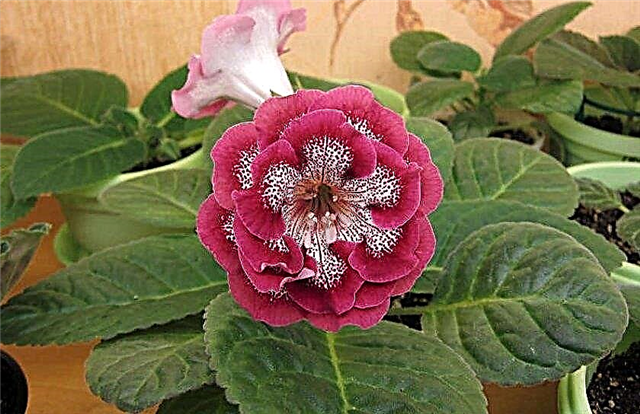
House growing conditions
Care is not too complicated and even a beginner can do it. But if you do not comply with some requirements, the plant will not produce buds. The condition of the leaves will show what the plant needs.
How to create optimal conditions, we will consider further.
Placement and lighting
This flower is picky about light. He likes diffuse lighting and long daylight hours for about 12 hours. Ideally placed on the west or east side. Near the southern windows, shading may be required, and in the north the plant will stretch.
Important! If the leaves rise, then gloxinia is too hot or not enough light.
Temperature and humidity
Gloxinia loves warmth. The optimum temperature in the summer period should be +18 ... + 25 ° С, but during the rest period +10 ... + 13 ° С will be enough. Drafts should be avoided. A high humidity of about 70% is needed, but can not be sprayed. To increase humidity, you can place nearby containers of water or plant moss around the pots.
Home Care
Care consists in choosing a suitable soil, a sufficient amount of light and maintaining the moisture level of the soil and air.

Watering
Gloxinia requires regular watering during the growing season. It should be watered with warm, settled water, slightly warmer than room temperature. Watering can be done under the root, but better in the pan. And then drain the water after 15-20 minutes. When the flowers bloom, watering must be stopped, and during dormancy, it is enough to water the plants once a month or even less. The main thing is to prevent the tubers from drying out.
Top dressing
Top dressing is necessary throughout the entire growing season from April to August, they are applied once every 7-10 days. Use specialized complex fertilizers for indoor flowering plants with potassium and phosphorus. You can alternate organic and mineral fertilizing.
Important! But you can’t feed right after the transplant and at the time when the cuttings take root.
Pruning
You can trim the stem, where there were flowers and leaves after flowering. Only a few of the lower leaves are left. Then fertilizing with nitrogen is performed, then they will begin to grow again and new buds will appear. The most active flowering period is June-July. But it happens that flowers appear one after another, then pruning is not needed.
When the plant begins to dry in the fall, do not prune the leaves while they are still green. Pruning is required if gloxinia does not crumble for too long.
Transfer
In February, tubers are pulled out for planting. Sometimes the plant wakes up earlier and then gives white sprouts. A transplant is performed every year in a larger pot. Moreover, it is better to choose a wide rather than deep capacity, since the roots will grow in width to a greater extent. Gloxinia loves light and airy soil. Under such conditions, sheet land, peat, turf are suitable. You can make a mixture of equal parts of these soils, as well as parts of sand, or buy ready-made soil. Pebbles or other small pebbles must be placed at the bottom of the pot for good drainage. It is better to steam the earth to destroy harmful microorganisms.
Video: Gloxinia transplant
Tubers are best kept in potassium permanganate before planting. Plant a plant in the ground on 1/3 of the tuber. When the shoots begin to grow, you need to leave 3-4 of the strongest of them, the rest are removed. After removal the next day, the tuber is covered with soil so that the level above the root is about 1 cm. After this, watering is performed, and the pot is placed in its permanent place.
Care for gloxinia during dormancy
When the plant fades, it must be placed in a dry, cool and well-ventilated place with temperatures up to + 13 ° C. The rest period usually begins in October-November. Stop watering gradually. Starting in August, reduce the number of irrigations.
The aboveground part begins to fade. Leaves dry up and fall off. It is not necessary to remove them until they are dry. After the green parts die off, everything is cut off so that a stump of about 1.5 cm remains above the tuber.
You can store tubers in different ways:Did you know? In the XVIII century, King Charles II of Sweden introduced a new language into European circulation - the "language of flowers." In this "secular dialect" the gloxinia flower means "love at first sight."
- Pull them out of the pot and clean them from the ground. It can be treated with fungicidal preparations. Put in a container with dry sand, sawdust, perlite or peat and leave in a cool place, you can in the refrigerator.
- Perhaps just pour a pot of tubers on top of the sand. Likewise leave in a dark cool place.
- You can just leave it in the ground. Storage conditions are the same. Only in this case, it is sometimes necessary to water (approximately 1 time a month), but do not flood. Or spray the surface, then this can be done more often.
The rest period lasts from 1 to 3 months. If you do not store tubers in proper conditions, then the plants will wake up too early and the shoots will be weak.
Gloxinia, which grow only the first year, do not send to rest. They are left in the light and watered. The older the plant, the more it should be in a state of rest. From the sleep period, tubers are usually hatched in February.

Breeding
This plant can be propagated by seeds, cuttings and division of tubers. Consider each of the methods.
Seeds
This method is the longest. Seeds are best purchased. They will already be treated with different drugs, and the percentage of germination will be higher. But you can collect seeds from your plants.
To do this, you need to do pollination. It should be noted that with this crossbreeding, you can get a new color of flowers. You need to pollinate on the second day after the bud is opened. To do this, transfer the pollen from the stamens to the pistils. The next day, the process must be repeated. The seed box will be ready in 1.5–2 months.
Video: Sowing Gloxinia Seeds
For germination, the seeds are laid out on moist soil, but not buried. Then cover with polyethylene or a cap. Leave in a warm bright place at a temperature of +22 ... + 25 ° С. The best landing time is in March. It is possible earlier, but the process of germination will be longer.
Earth needs to be moistened as needed. When seedlings appear, the seeds are sprinkled with earth, and the pots are ventilated daily. After a month, the grown sprouts can be planted in a container at a distance of 2 cm from each other. When 2 true leaves appear, the plants are transplanted into separate containers.
Tuber division
This method is the most painful for the plant. Sometimes they resort to it when the tuber is affected by the disease, and the diseased part is removed. You need to cut with a sharp tool so that the cut is smooth. The slice must be treated with charcoal in powder or ash. On each part of the tuber must be at least one process. After the operation, the pieces of tubers are placed in pots in a slightly moist soil.
Video: Reproduction gloxinia division of the bush
Leafy cuttings
Leaf propagation is the most common and simple. Optimal to perform in the spring. To do this, cut a 3-4-month leaf, not too large. If the sheet is large, then it must be divided across the veins. Petiole is left with a size of 2 cm. You need to cut with a sharp knife or scissors. You can put the leaf in water and wait for the roots to appear. But it is better to put in moist soil, cover with a film on top and put in a bright place. The whole month can not be watered and not aired. After this, start a little airing.
Video: Gloxinia leaf propagation
Possible growing difficulties
The first thing that can affect gloxinia is improper care. If the leaves turn yellow, spots appear on them, and the plant peels off, then there may be a problem in lighting or humidity.
Gloxinia is most susceptible to fungal infections. That is why it is important to disinfect tubers with antifungal drugs and not flood the plants.
The most common problems:Did you know? According to a recent study, gloxinia was recognized as the best oxygen supplier of 20 species of indoor plants.
- late blight. Leaves fade, spots appear on them. The pathogen is very persistent, so it is better to prevent infection by conducting preventive irrigation with fungicides. You can use the biological product "Fitosporin". When infected, the affected leaves are removed, and the bush needs to be treated with special chemicals;

- gray rot. The plant is affected by a gray fungus, leaves and stem rot. The main prevention is moderate watering and breathable soil. When a disease occurs, you can try to treat with “Fundazole”, but you may have to destroy the entire bush;

- powdery mildew may appear with too damp and cool air and excessive watering. Fungicide treatment is also required.

Gloxinia are very simple plants to grow. The main rules that should be followed are adequate lighting, moderate watering and winter recreation. But the variety of their colors will decorate any windowsill.













